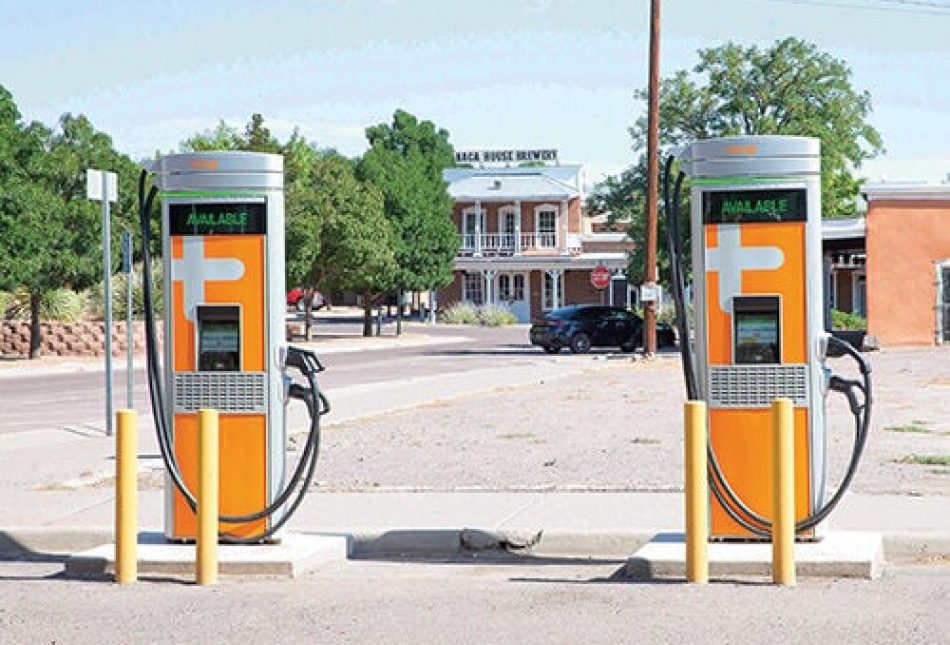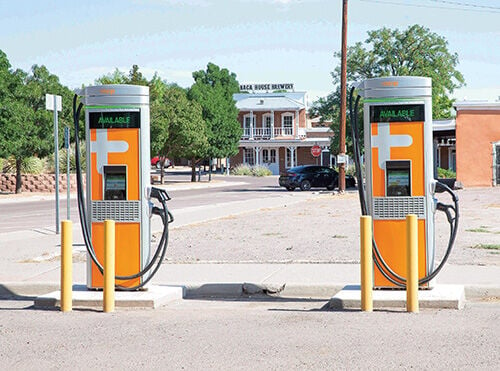Operating two EV charging station costs Socorro taxpayers nearly $32K (due to costly electricity demand charges)

EV charging stations are often portrayed by the Biden/Harris Administration and Michelle Lujan Grisham as winning technology that make EV’s more accessible for all. In addition to subsidizing the cost of these stations this report from Socorro’s Defensor Chieftain newspaper highlights the long-term costs of EV charging stations that local governments must bear on their own. The problem is that electricity isn’t free and as it turns out, large amounts of electricity purchased at certain times can result in high costs being passed on to taxpayers (see end of this post).
As the article begins, “It was little more than a year ago when the City of Socorro’s past and future coincided as two electric vehicle charging stations were constructed near the city’s historic plaza.
However, the future of green-energy transportation has done nothing more than shortchange the city’s coffers. For every $1 the city brings in, the expense is $3.”
According to the article, here are the expenses for the two EV chargers in Socorro:
The transformer at the plaza had to be upgraded so it had enough capacity for the electricity required to run the charger, which incurred a $49,000 expense paid to the Socorro Electric Co-operative.
The city has spent just shy of $40,000 on the project. Plus, it had to pay $27,000 for a four-year service agreement with ChargePoint to run the charging stations in addition to replacing the road that was dug up, which cost an estimated $10,000.
City records indicate in a period of nine months, from November of 2023 to June of 2024, it has received a mere $10,649.07 from fees for the two charging stations.
During the same time frame, the city has paid more than $31,897.10 in expenses. Almost all the expense is electricity purchased from Socorro Electric Co-operative because of demand charges.
Sadly, it seems, even once EV charging stations are purchased and working (at taxpayer expense, of course) they continue to impose additional costs (possibly on local taxpayers).

